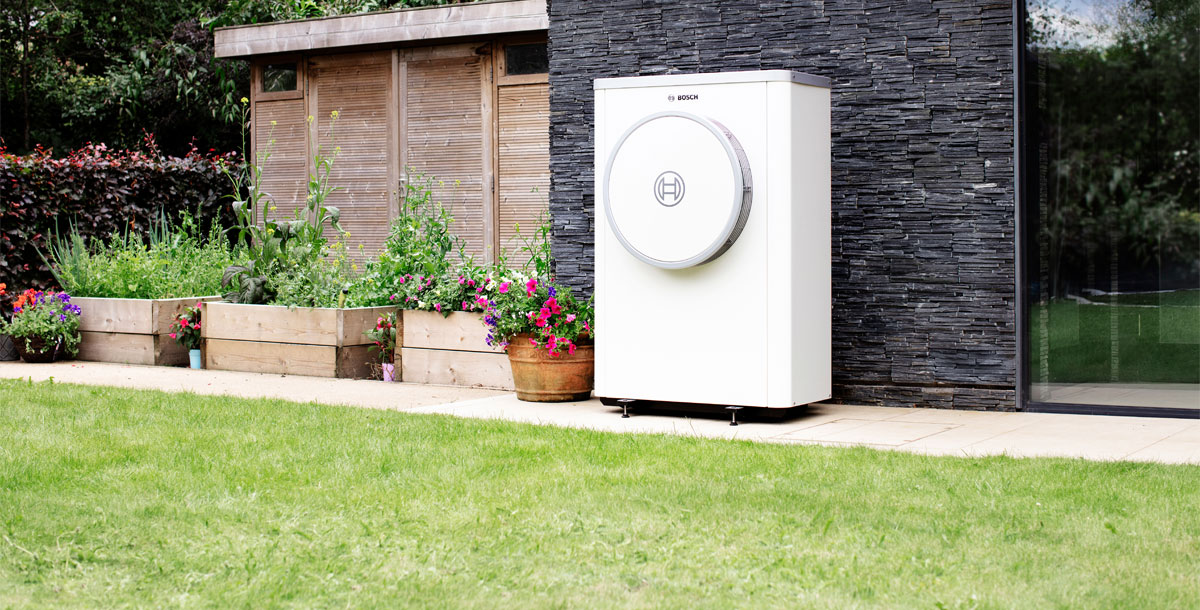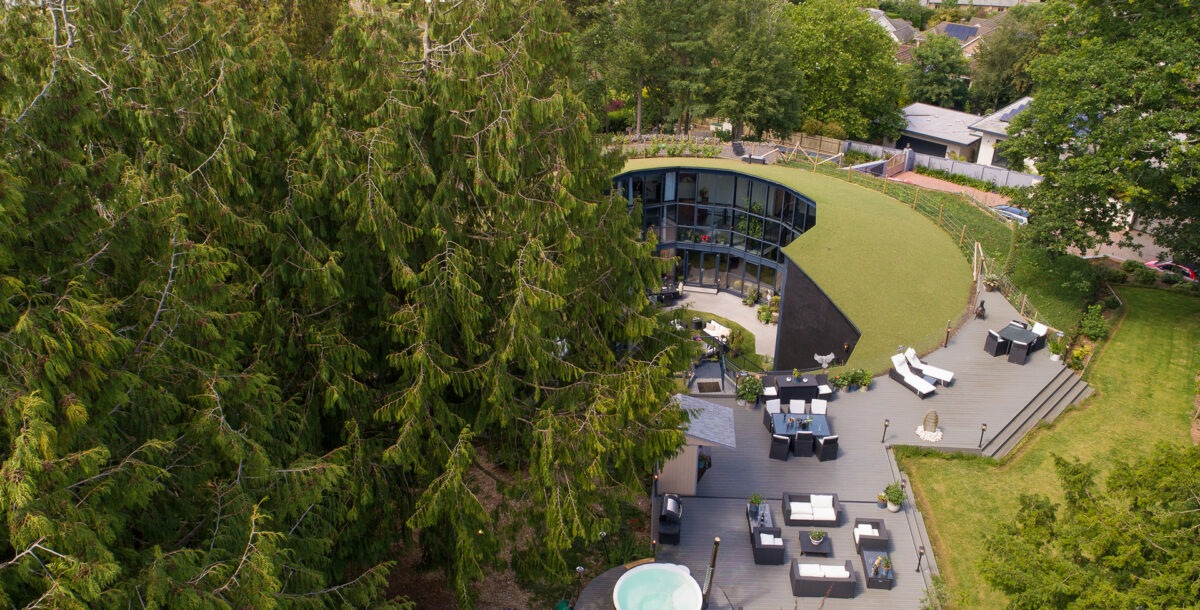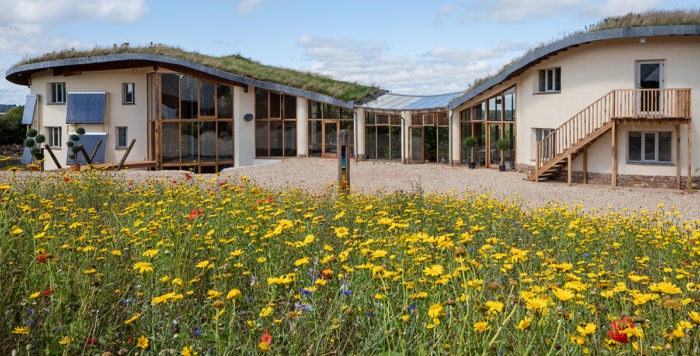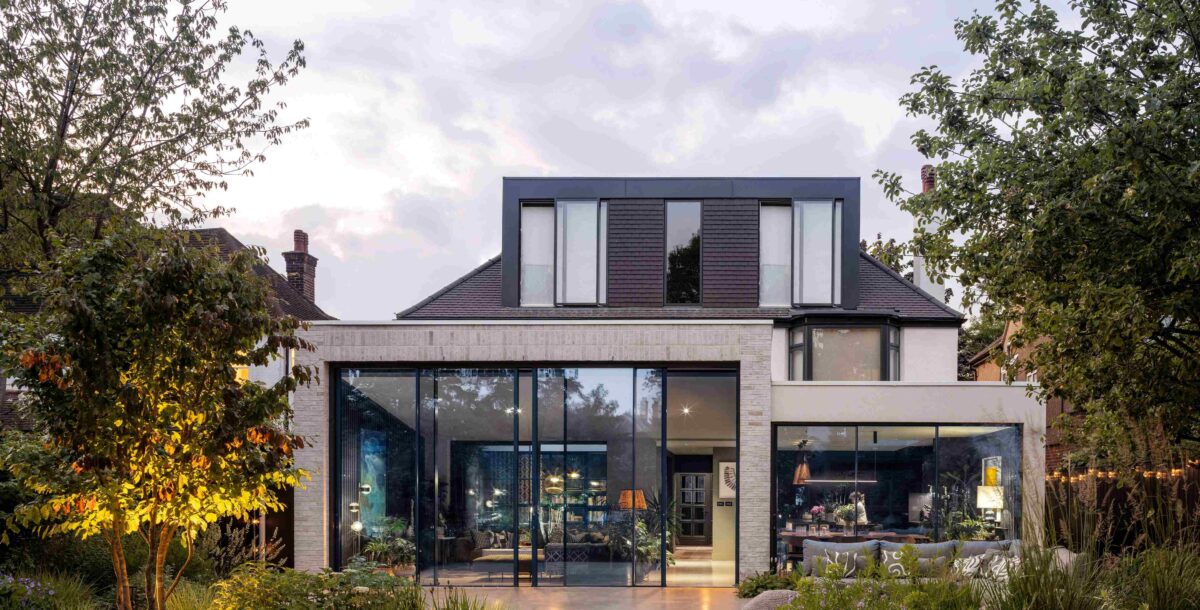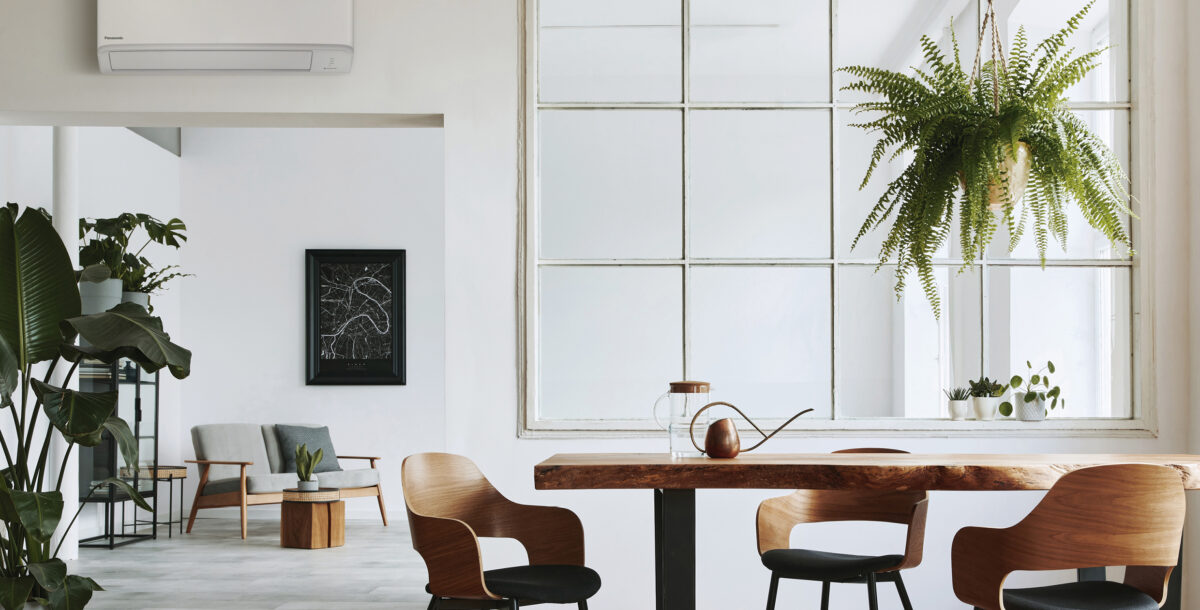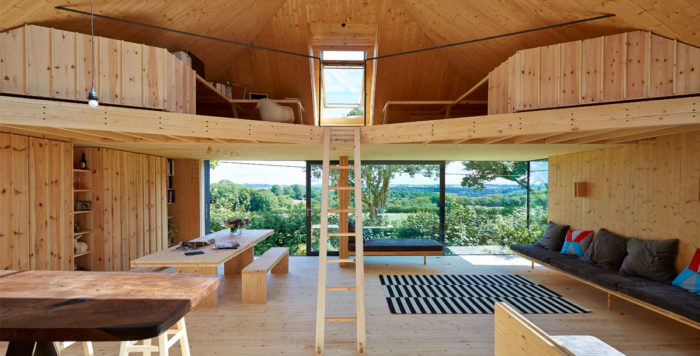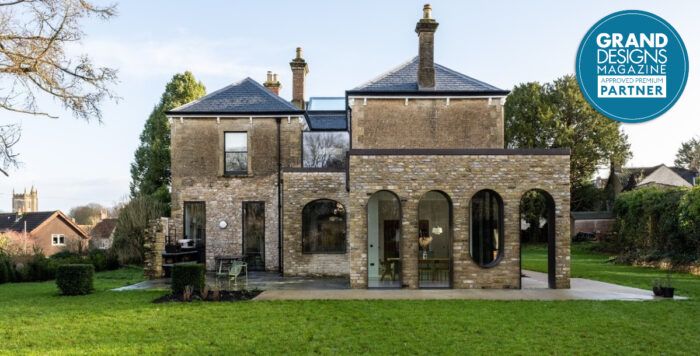Air source heat pumps: a buyer’s guide
Find out whether your home is suitable for an ASHP with this comprehensive guide
This article explores how an air source heat pumps (ASHP) work, the likely running and installation costs. It also considers whether this renewable heat source is the right choice for your home. You may be considering changing a gas boiler heating system for an ASHP. According to EDF Energy, these low-carbon heating systems are estimated to help lower your home’s CO2 output by 23 tonnes over 10 years.
Energy suppliers British Gas and Octopus Energy are competing to provide heat pumps at lower costs as part of a commitment to scale up installation rates. This may lead to ASHP installation prices falling in the coming months. But the upfront cost is not all you have to consider when contemplating an ASHP. There is also the reduction of your home’s carbon footprint, while staying cosy and keeping running costs low to consider.
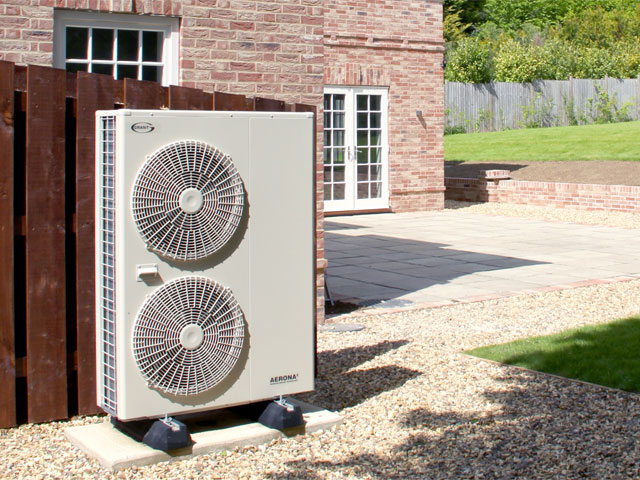
A base tray heating element helps prevent ice forming on this unit. Aerona 3 Inverter Driven, from £5,000 for a 17kW model from Grant.
What is an air source heat pump?
An air source heat pump is a heat pump which can take heat from the air outside a building, and then release it inside.
It uses the same vapor-compression refrigeration process and the same system as an air conditioning unit, just in the opposite way.
Air source heat pumps are the most common type of heat pump. As they are smaller, they tend to be used to heat individual houses or flats rather the factories or blocks.
How do air source heat pumps work?
Powered by electricity, ASHPs come in two types – air to air and air to water.
The latter is more common in the UK and the subject of this guide. Air-to-water systems include a fan unit containing a special coil.
Heat in the air is absorbed by fluid inside the coil, which passes through a compressor to increase its temperature.
This warmth is transferred to a water-based heating system, including radiators and/or underfloor heating (UFH), and the hot water supply.
Air-to-air heat pumps run like air-conditioning units in reverse – the circulation system heats the air, but does not supply hot water.
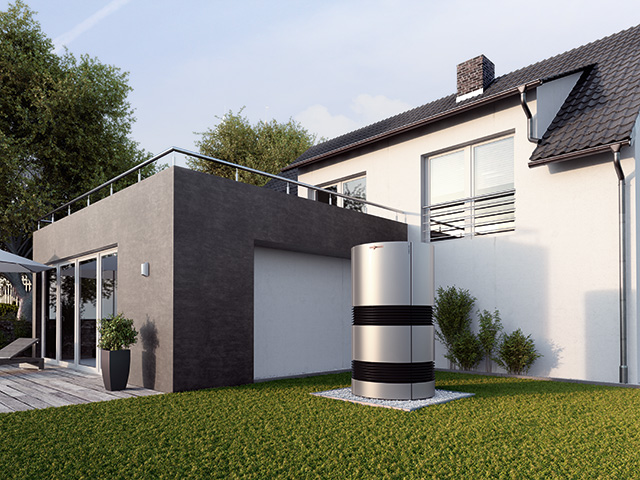
Viessman’s Vitocal 300a air source heat pump offers a modern aesthetic for style-conscious homes
What are the benefits of an air source heat pump?
Installing an ASHP is one way to reduce a home’s carbon footprint whether as part of a self-build or a retrofit project.
The warmth generated is better retained when a home has good levels of airtightness and insulation.
A thermally efficient house requires a pump with a smaller capacity to heat it effectively than a leaky building of a similar size.
It will also cost less and be cheaper to run. To get the best from retrofit ting an ASHP you may need to improve the fabric of the building.
A heat pump installer will carry out a room-by-room heat-loss calculation before advising you.
ASHPs are most energy-efficient when circulating water at as low a temperature as possible, ideally around 35°C to 40°C.
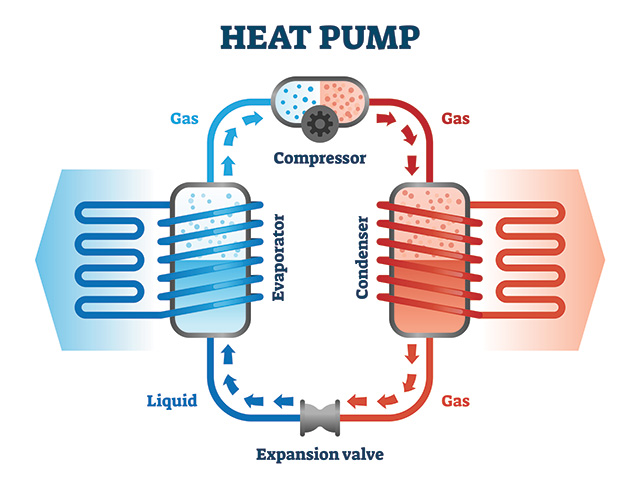
Photo: Adobe Stock
To keep a home cosy at this temperature requires radiators with a sufficiently big surface area – or, them to have UFH, which releases gentle warmth over a large expanse.
Installing an ASHP may involve changing an existing radiator set-up, and possibly the pipework, for compatible models or UFH, which will affect the project cost and the level of disruption.
There will need to be suitable outdoor space for the fan unit, somewhere inside to put a hot water storage cylinder, or indoor unit, and room to run all the pipework.
For quiet operation, look for models that run at around 45dB or less, which is about the same as a loud fridge.
“One of the key considerations for low-carbon technology is how likely it is to go wrong,” says architect Mark Elton of retrofit specialists Cowan Architects.
“Heat pumps have been around for a long time. They’re not much different to your fridge, and we know that fridges don’t tend to go wrong.”
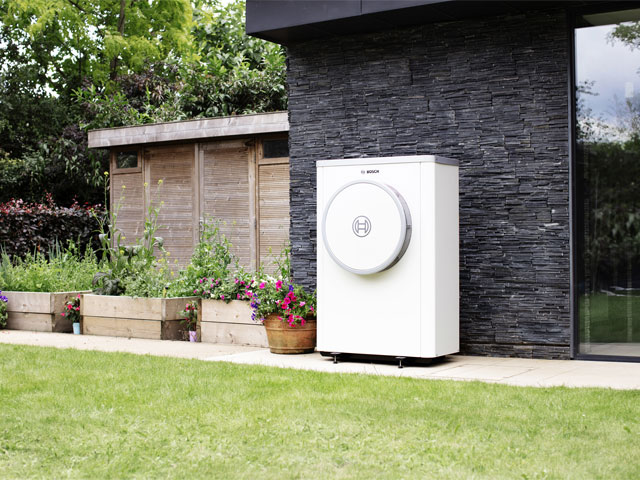
This model runs at 38.5dB and is certified by Quiet Mark. CS7400iAW, from £8,900 for the 5kW model, Worcester Bosch.
How long will an air source heat pump last?
Providing it is well-maintained and serviced every year, an ASHP should last around 20 years.
Some installers offer a maintenance contract, or it can be arranged directly with the manufacturer.
Signs that an ASHP isn’t working properly include problems with radiators, UHF or hot water, excessive noise, a pump that cycles between on and off, and increased energy bills.
Most appliances have sophisticated controls and monitoring systems.
If there’s anything amiss or the appliance is underperforming, it should display an error message that can be diagnosed and rectified by the installer.
Before buying, check the length of the manufacturer’s warranty, which can be anywhere between two and seven years, and make sure there’s a minimum two-year workmanship guarantee.
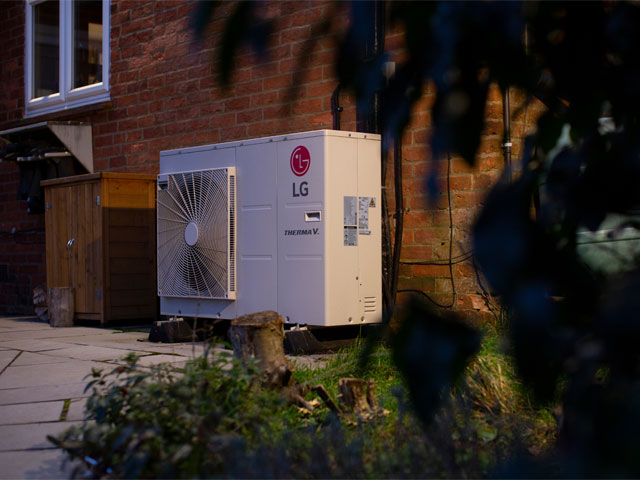
Designed to work at temperatures as low as -25°C, this pump is available in six different kW models. LG Therma V Monobloc, from £3,019 for the 5.5kW model, ScottishPower.
Will an air source heat pump work for my home?
An ASHP draws heat from the outside air, so when the outside temperature is lower, its efficiency levels decrease.
This is because it requires more power to increase the temperature of the trapped heat.
If you lived in a very cold climate, the case would be better made for a ground source heat pump which draws relatively steady heat from the ground.
Because an ASHP works at lower temperatures, they’re a good match with underfloor heating and low-flow radiators.
You may need to replace some, or all, of your radiators if upgrading to a heat pump.
There is also the option of a hybrid ASHP. This heat pump works in partnership with a gas boiler to meet any shortfall in efficiency on the part of the heat pump.
While the majority of your hot water and heating needs would be met by the heat pump, if heating demand is high and the outside temperature is not, the gas boiler kicks in to contribute to the heating mix.
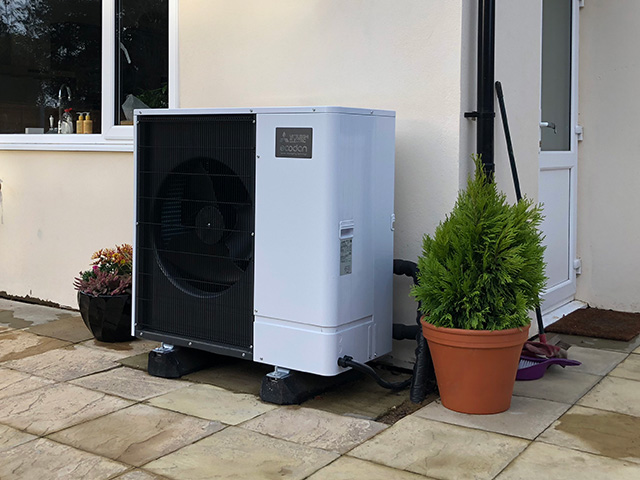
Mitsubishi’s Ultra Quiet Ecodan air source heat pump virtually eliminates the need for considering noise as part of planning permission.
However there are some potential drawbacks to an ASHP. Because of the lower temperature produced, it can affect the maximum tap water temperature your home can achieve.
Some ASHP’s can still be noisy too, though technology on this front has improved in recent years.
Installation is relatively straightforward and can be completed in around two to three days by an engineer registered with the Microgeneration Certification Scheme (MCS).
Once any associated improvement work is complete, the outdoor fan unit is often mounted on the floor close to an exterior wall or attached to it, but there must be sufficient clearance space around it.
Ideally, the unit will be a short distance from the water storage cylinder inside the building. Many ASHP installations come under permitted development rights (PDR), so planning permission is not necessary.
But there are exceptions, so check with your local authority – the Planning Portal provides further detail. It must also satisfy Building Regulations requirements.
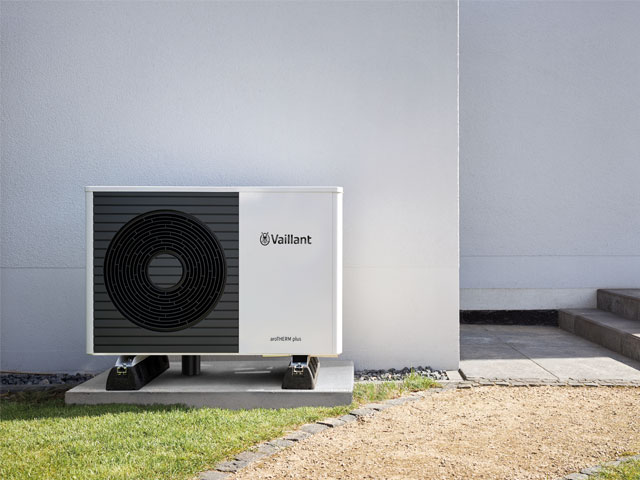
An outdoor fan unit can be floor mounted. aroTHERM plus 5kW, from £3,500, excluding installation, Vaillant.
How much does an air source heat pump cost?
According to the 2024 guide of quote comparison site Green Match, the cost can be anywhere between £2,400 – £14,050 to install, although the average price in the UK ranges from £4,200 to £6,500.
Air to air source models are comparatively the cheapest, with ground source heat pumps costing around £13,200 – £49,000, while water source heat pumps cost around £8,400 – £14,050 – including installation costs.
As of 23 October 2023, the Boiler Upgrade Scheme heat pump grant increased to £7,500 for air source heat pumps and ground source heat pumps, putting many heat pumps in roughly the same cost range as a good gas boiler.
You can find more details on the costings of an air source heat pump in our article here.
Are air source heat pumps expensive to run?
In terms of running costs, an ASHP may actually increase your annual bills, compared to an A-rated gas boiler.
Estimates from Green Match found for a house with an ASHP, annual heating costs range between £685 and £1,550 depending on the size of your home and your household’s energy needs.
By installing an air source heat pump to replace a gas boiler, you can expect to save up to £290 on your annual energy bills and you should break even from costs incurred after 14 years.
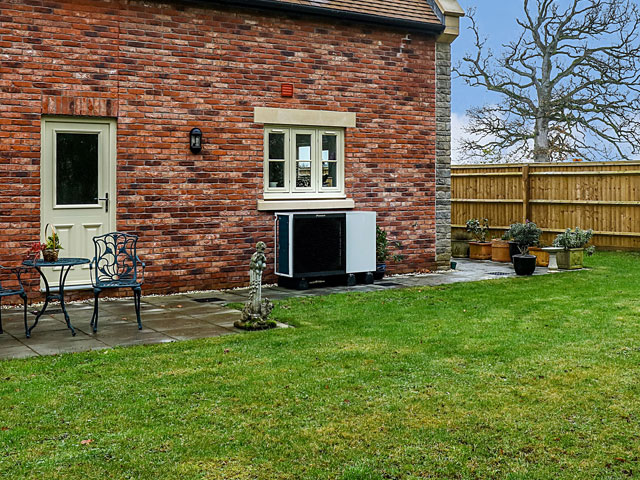
Connect to this system through an app on your smart device. Daikin EDLA16D3V3 16kW, from £10,000, including fully designed replacement heating system, E.ON.
Can air source heat pumps cool?
As we’ve already stated, an air source heat pump can be a highly effective and efficient heating method for your home, generating more units of heat than units of electricity consumed.
However, it can also be possible to use them for cooling your home as well as heating, this function is built into most air source heat pump systems, but they must have the correct setup in order to take advantage.
Both air to air and air to water heat pumps can cool your home.
A heat pump system will extract warm air from a home into the indoor unit, this is where the indoor coil sits, liquid refrigerant then flows through the indoor coil, which works to cool the warm air from inside your home.
The hot air inside your home is absorbed into the refrigerant as it passes through the indoor coil unit, the liquid refrigerant then boils into gas.
As the gas passes through the compressor from the reversing valve, it’s pressurised and this pressurised gas heats up as its volume is reduced and moves to the outdoor unit.
The outdoor unit cools the hot refrigerant as it passes through, and the heat is released into the air.
As the refrigerant cools, it returns to liquid form; this liquid moves from the outside unit to the inside one, where the expansion valve cools it further – it then returns to the indoor coil, where the cycle is repeated.
Heat pumps: installation and maintenance
An ASHP is usually made up of both an indoor and outdoor unit so you’ll need an outdoor space for the heat pump to be placed. Ideally one that has a good air flow is essential, while a sunny spot will help your heat pump run more efficiently when the sun is out – the indoor unit usually isn’t much bigger than a standard boiler system.
At present, in England and Scotland, installation of a heat pump is covered under Permitted Development Rights if it meets a series of criteria, this includes keeping heat pumps one metre away from property boundaries and ensuring placement minimises the effect on the appearance of the building. You can read more on the Planning Portal.
With regular maintenance and servicing, you can expect an ASHP to last for up to 20 years according to the Energy Saving Trust.
Enquire about the length of warranty and workmanship warranty – the former is often 2-3 years, while the latter can be up to 10 years.
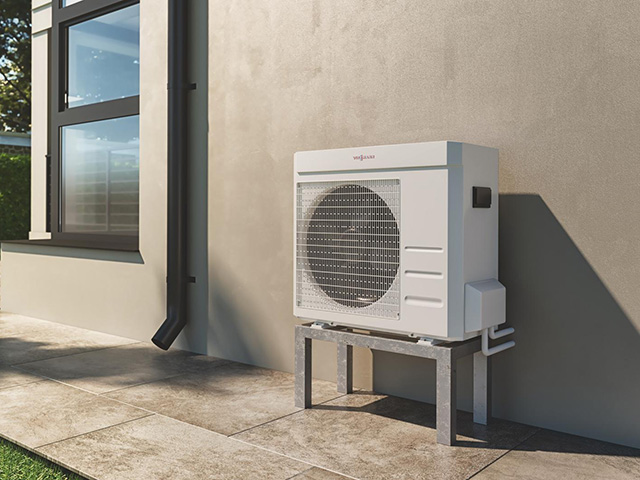
Viessman’s Vitocal 100-A air source heat pump is A+++ rated, and can achieve temperatures of 60°C at an outside temperature of -5°C
A pump’s efficiency is indicated by its co-efficient of performance (COP).
This shows how much energy is extracted from the air compared to how much electricity powers the pump, so a COP of four indicates that for every 1kW of electricity, 4kW of heat is generated.
This information is available for every ASHP model. It’s also important to determine the seasonal co-efficient of performance (SCOP) to calculate how effective an ASHP is on an annual basis.
A heat pump installer makes this calculation, providing the result before beginning any work based on the specifics of your home and the ASHP system.
This gives you an idea of the likely annual running costs. The total cost of an ASHP installation depends on the model, and whether you need new radiators, UFH or thermal efficiency improvement work.

